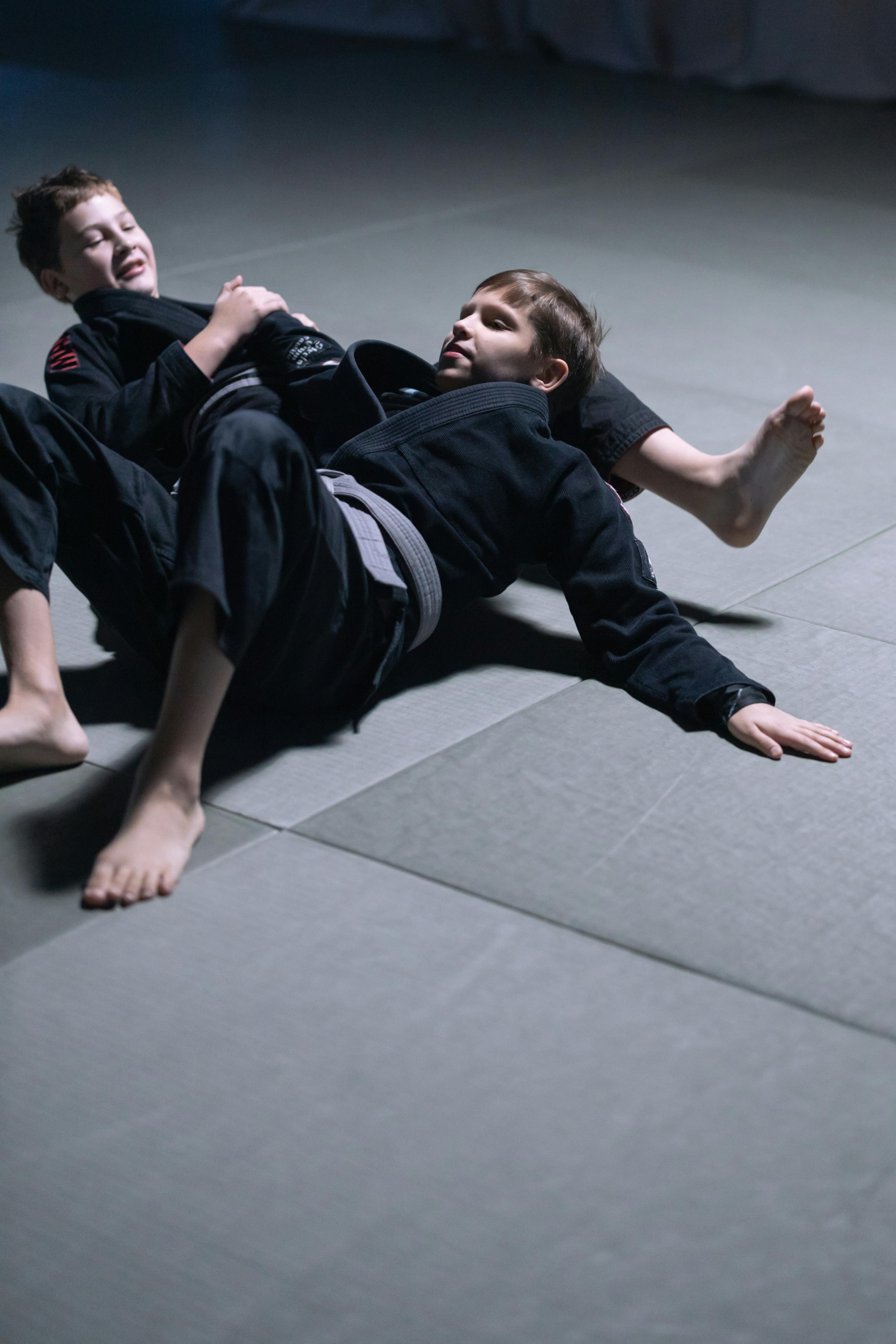How to Improve Coordination: Proven Strategies That Work
Struggling with clumsy movements or lack of synchronicity in your actions? In today’s fast-paced world, knowing how to improve coordination is crucial—not only for athletes but for professionals, students, and anyone seeking better body control. In this article, you’ll discover the science behind coordination, effective methods to develop it, and actionable strategies to start seeing improvements right away.

Understanding the Fundamentals
Coordination is the ability to execute smooth, accurate, and controlled motor responses. It’s a complex process involving your brain, muscles, and nervous system working together. From sports performance to typing or dancing, coordination is essential for nearly every task we do.
In practical terms, improving coordination can mean fewer injuries, enhanced productivity, and better overall health. Think of it like upgrading your brain-body software to reduce lag and improve responsiveness.
1.1 Neuromuscular Communication
This principle refers to the interaction between the nervous system and muscular system. Strong neuromuscular communication is what allows dancers to move gracefully or tennis players to react quickly.
Recent studies show that consistent coordination training improves reaction times and brain plasticity, especially in children and older adults. Misconceptions such as “coordination can’t be trained” are easily debunked with scientific evidence.
1.2 Proprioception and Spatial Awareness
Proprioception is your body’s ability to sense its position in space. It’s what helps you walk without looking at your feet or touch your nose with your eyes closed.
This element of coordination becomes crucial in environments where precision matters. Athletes, surgeons, and musicians all rely heavily on enhanced proprioception to perform at high levels.
Practical Implementation Guide
Understanding how to improve coordination is only the beginning—real results come from consistent, intentional practice. While improvement timelines vary, you can expect noticeable changes within 4-6 weeks of daily implementation.

2.1 Actionable Steps
- Start With Balance Drills: Practice standing on one leg, then advance to dynamic balance exercises like single-leg hops.
- Use Coordination Tools: Tools like agility ladders, medicine balls, or reaction lights can accelerate your progress.
- Track Progress: Set milestones such as duration held on one leg or speed of drill completion to maintain motivation.
2.2 Overcoming Challenges
Common obstacles include lack of motivation, plateauing performance, or improper technique. To overcome these:
- Schedule short, consistent daily sessions instead of occasional long workouts
- Video-record movements to assess and correct form
- Introduce variety to avoid burnout and keep the nervous system engaged
Expert advice: Pair coordination training with mindfulness or meditation to enhance focus and bodily awareness.
Advanced Applications
Once basic coordination is achieved, advancing your skills requires more complexity and intensity. These methods are ideal for athletes, dancers, or professionals in fields demanding high motor precision.

3.1 Dual-Task Training
This technique involves performing two tasks simultaneously, such as dribbling a ball while reciting the alphabet backwards. It enhances brain multitasking ability and improves overall cognitive control.
Case studies reveal that athletes using dual-task methods show a 20-30% increase in coordination efficiency over 8 weeks.
3.2 Cross-Lateral Movements
These exercises engage both hemispheres of the brain and include actions like crawling, skipping, or cross-body reaches. They not only boost coordination but also improve cognitive flexibility.
When integrated into training routines, cross-lateral patterns can improve agility and motor planning significantly.
Future Outlook
The field of coordination development is rapidly evolving. From virtual reality simulations to neurofeedback devices, technology is reshaping how we train our motor systems.
In the next 3-5 years, expect more AI-assisted tools for personalized movement training and increased integration of coordination drills in school curriculums and workplace wellness programs.
Conclusion
In summary, understanding neuromuscular communication, mastering proprioception, and implementing practical drills are key to learning how to improve coordination. With consistency and the right tools, anyone can benefit—regardless of age or fitness level.
Start today by adding a few simple drills into your routine. Your brain and body will thank you. For a structured program, consider consulting a physiotherapist or certified movement specialist.
Frequently Asked Questions
- Q: What is coordination in simple terms? Coordination is the smooth and efficient movement of different body parts working together to perform a task.
- Q: How do I get started with coordination training? Begin with basic balance drills and gradually introduce tools like agility ladders or reaction balls.
- Q: How long does it take to improve coordination? Most people see noticeable results within 4-6 weeks of consistent practice, though it varies by age and fitness level.
- Q: Is coordination training expensive? Not necessarily—many effective exercises can be done at home with minimal equipment.
- Q: How does coordination training compare to regular workouts? Unlike general fitness routines, coordination drills target brain-muscle communication and fine motor skills specifically.
- Q: Is coordination training hard to learn? With the right guidance and regular practice, it’s accessible to all age groups and fitness levels.
- Q: Can coordination be improved for specific careers? Absolutely—professionals like athletes, surgeons, and musicians often tailor coordination routines to their field-specific needs.